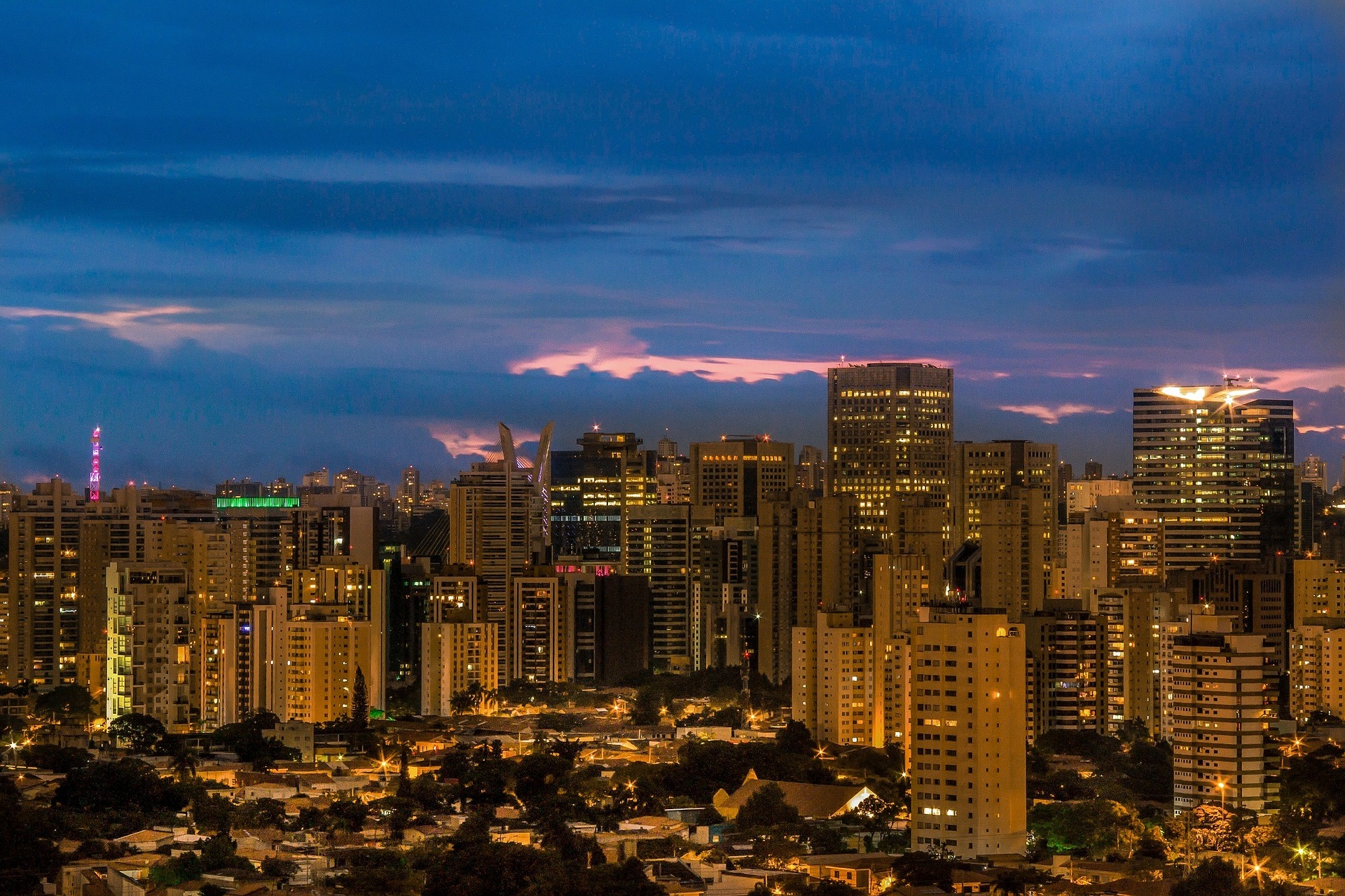Brazil is already a global player in the e-commerce industry. It is the only Latin American country to crack the top ten retail e-commerce markets in the world. Despite Brazil’s recent economic slowdown, e-commerce grew by 11.5% in 2017 and is predicted to chart 10% growth in 2018. While these statistics show a significant drop from the 28% growth Brazil’s e-commerce market experienced in 2013, it is safe to say that Latin America’s e-commerce powerhouse will continue to dominate the region for the foreseeable future.
Brazil’s size has been a double-edged sword for its e-commerce industry. On the one hand, with approximately 140 million Internet users in a country of 211 million people, Brazil presents an enormous market for e-commerce. On the other hand, much like Argentina, Brazil struggles with complex land shipping logistics and high sales taxes, which slows down the growth of this industry.
Nonetheless, the mood was optimistic at the 6th annual “E-Commerce Brazil” conference in 2017, with retailers viewing Brazil as an opportunity rather than a challenge. Up to 52% of Brazilian shoppers already research products online before purchasing, and that number is growing.
As a result, global e-commerce giants have taken notice of Brazil. Already, Brazil accounts for more than half of MercadoLibre’s global revenue. In October 2017, Amazon made good on a much-speculated promise that they were going to expand their Brazilian operations.
While Amazon has been selling books in Brazil since 2012, they have recently added electronics and appliances to their offerings, along with a no-hassle return policy that has Brazilian retailers reeling. Both MercadoLibre and Brazilian platform Netshoes suffered on the stock market after Amazon announced its competitive launch in the market. Netshoes, a popular Brazilian online sports retailer, however, still managed to launch a US$157M IPO in 2017. Alibaba, which has been operating in Brazil since 2014, has recently explored offering credit options to help streamline payments on the site.
Given the enormous size of the potential e-commerce market in Brazil, dozens of homegrown e-commerce startups have appeared over the past 15 years. Dafiti, launched in 2010, is an online shoe and fashion retailer based in São Paulo, and has since joined Rocket Internet’s Global Fashion Group in a merger worth an estimated US$1B+.
In 2012, Brazilian e-commerce startup Baby.com.br was voted Startup of the Year and is now considered the leading online baby products retailer in Latin America. With so many options available to Brazilians, startup Buscape helps online shoppers compare across multiple sites. Buscape was acquired by Naspers in 2009 for US$342M.
Entrepreneurs across Brazil are taking advantage of the continuously strong growth in the e-commerce market, and make it easier for Brazilians to access online retail domestically.
Many Brazilians are still focused on domestic sites because of challenges with Brazilian credit cards. All international payments are subject to a 6.38% tax, enough to disincentivize many Brazilians from buying on Amazon or Alibaba. Furthermore, Brazilian credit cards issued by local banks can only issue payments in Brazilian Reais, meaning international e-commerce retailers have to figure out how to convert currency if they want to operate there.
Online payments continue to be a major challenge for the Brazilian e-commerce industry. Most Brazilians do not have international credit cards. Up to 90% of Brazilian online shoppers do not own credit cards and instead pay through a bank slip called a Boleto Bancario.
In fact, Boleto Bancarios are the most popular online payments method in Brazil, making up 25% of all online transactions. Much like a wire transfer, customers can pay with cash banks, participating drugstores and ATMS, then send proof of payment to the company. Usually, these bank slips take 2-3 business days to process, slowing down the pace of business considerably.
Current trends in Brazilian e-commerce point to the fact that mobile shopping (m-commerce) and social media marketing are the keys to reaching Brazilian consumers. Over 22% of online purchases in Brazil came from smartphones in 2016, up from 12% in 2015. Already 40% of the population (81.4 million people) use mobile Internet services, with that number predicted to rise to over 50% by 2021.
Furthermore, Brazil has a strong presence on social media – and many retailers consider social media to be in the top three customer acquisition strategies for this region. With over 90 million social media users in the country, there is a lot of opportunity for well-placed digital marketing to grab consumers’ attention.
Brazil is currently poised to stay in the lead of Latin America’s e-commerce market, beating out Mexico and Argentina, because of the size of its market, its history as an e-commerce giant, and new innovations that are reducing delivery and payment barriers.
Though online payment challenges and delivery logistics continue to hold the industry back, the arrival of Amazon and Alibaba in Brazil speaks to its regional importance as an online retail leader. While Brazil’s market declines, its e-commerce industry continues to shine, leading international and domestic online retailers alike to look toward mobile and social media to keep on top of Brazilian consumer trends.
